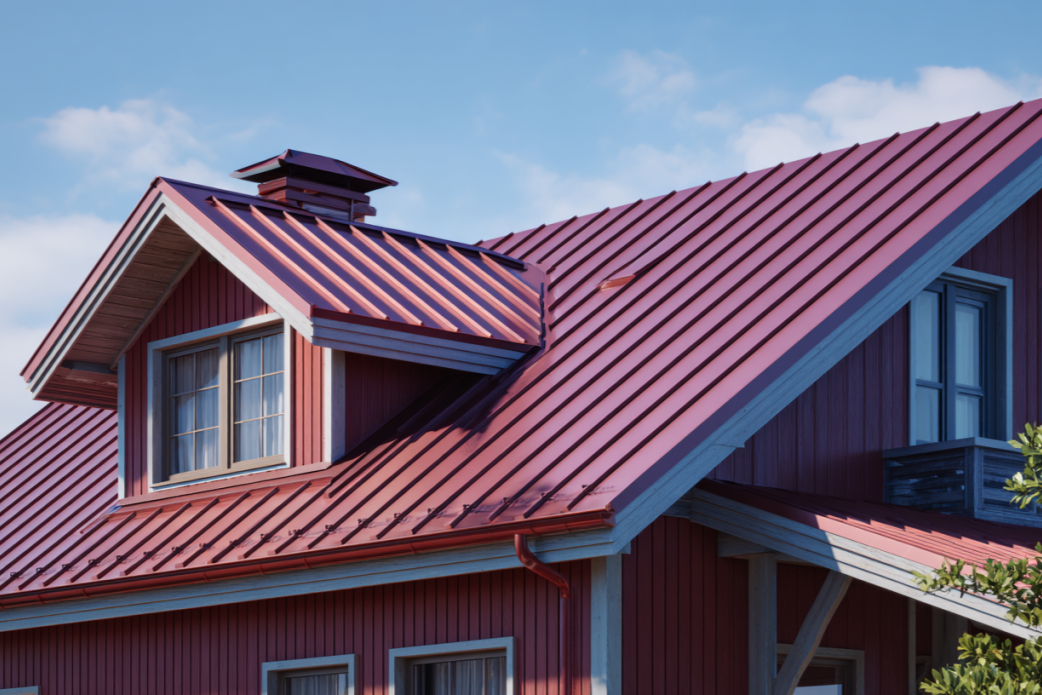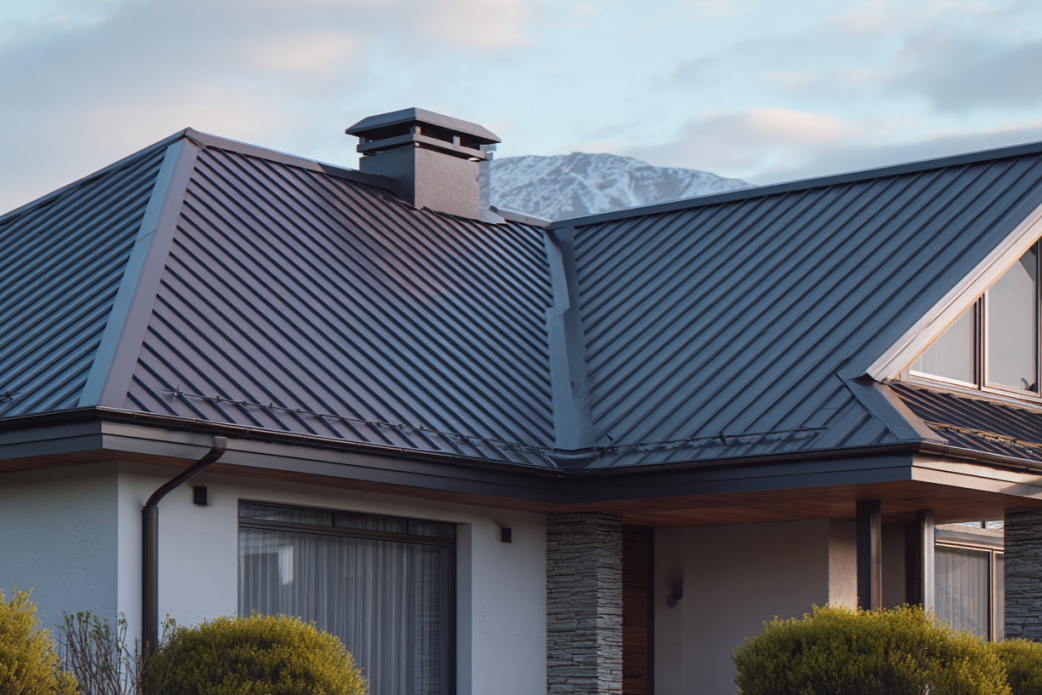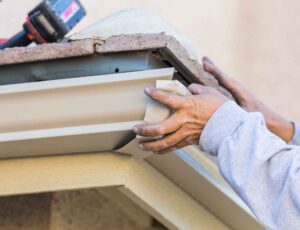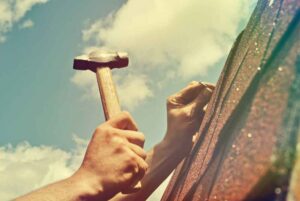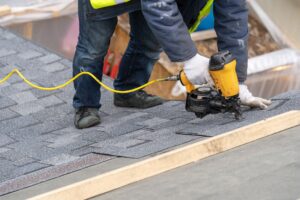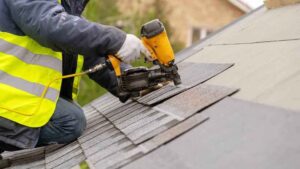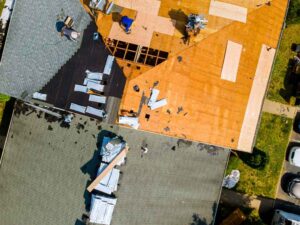Picture this: you’re looking at your home in Indiana or Ohio, the sun’s setting and that faint shimmer on your roof catches your eye. You ask yourself, “How much does a metal roof cost—and will it last long enough to matter?” With freeze‑thaw winters, hot summers and unpredictable storms, your roof isn’t just about looks—it’s about your home’s defense. At Cornett Roofing Systems, a family‑owned business since 1991, we manufacture our own metal slate and tile systems right here in the Midwest and offer the kind of durability that turns “one day” into decades. We call it: Your Permanent Roofing Solution.
In this guide, you’ll learn:
- Why so many homeowners across Indiana and Ohio are choosing what we believe is the best metal roofing option
- What drives cost, what you’ll pay and how long your investment should last
- How to get ready: budget, materials, local codes and home structure
- A deep dive into systems, warranties, weather performance and exactly how we deliver for you
- Answers to the top questions we hear from our Midwest clients
Cornett Roofing Systems can help you explore your metal roof upgrade—give us a call at (317) 738‑0005.
Why Metal Roofing Matters in Indiana & Ohio
Metal roofing—that’s stuff made of steel, aluminum or copper panels installed as a unified system. When you ask, “what is the best metal roofing?”, you’re really trying to find the one that suits your home, your weather and your budget. Here in Indiana and Ohio? You’ve got some of the toughest weather swings: subzero winters, heavy snow, hot humid summers, hail, wind and rain. A standard roof may give up long before what you’re hoping for.
- A metal roof stands up to snow loads, ice build‑up and hail better than many alternatives.
- With the right installation, you’re looking at 40 to 70 years of service—some premium systems much longer.
- Local codes in these states favor roofs that meet wind and hail ratings—our systems do.
So when you think, “how much does a metal roof cost?” or “how long does a metal roof last?”, consider this: you’re investing in decades of protection, not just next year’s fix.
Solution Prep: What to Know Before You Commit
- Budget & Timeline: Metal will cost more up front than shingles—though you might never replace it again. We offer financing to help.
- Material & System Review: Standing‑seam, interlocking panels, stone‑coated steel—all have their place. We manufacture many in‑house for quality.
- Permits & Local Codes: Whether Indiana or Ohio, check wind‑uplift, hail resistance and fire classification.
- Structure & Roofing Conditions: Slope, insulation, ventilation—all matter.
- Contractor & Warranty: Family‑owned since 1991, locally supported, full warranties. Choose wisely.
Metal Roofing: Homeowner’s Guide
How Much Does a Metal Roof Cost?
Typical pricing
A good rule: expect $7‑$21 per sq ft, depending on material and project size.
What drives cost?
Roof complexity (dormers, skylights), material type, custom finishes, structure prep.
How Long Does a Metal Roof Last?
Typical lifespan
With proper care: 40‑70 years, sometimes 100+.
Factors affecting lifespan
Material quality, weather exposure (Ohio & Indiana both count), installation quality.
Why Choose Metal Roofing
Durability & performance
Handles wind, hail and snow easier than many roofs here.
Energy & sustainability
Reflects heat, helps reduce cooling costs—even in hot Indiana summers.
Style flexibility
Looks like slate, shakes, tile—but performs far better.
Which System Should You Choose?
Standing seam
Top tier: hidden fasteners, great performance.
Screw‑down panels
More entry cost friendly, still strong.
Stone‑coated metal shingles
Great look, good performance—middle ground.
Deep Dive: Materials, Warranties & Long‑Term Strategy
Material Comparison
Material | Lifespan | Approximate Cost / sq ft |
Steel | 40‑70 years | ~$7‑14 |
Aluminum | 40‑70 years | ~$8‑15 |
Copper / Custom | 70‑100+ years | ~$18‑30+ |
Warranties & Maintenance
Many metal roofs come with 50‑year+ manufacturer warranties plus workmanship coverage. Maintenance—checking fasteners, coatings, flashing—is vital. At Cornett Roofing Systems, we handle manufacturing, installation and documentation, so you’re truly protected.
Risk Factors to Watch
Installation shortcuts, low gauge panels, bad fasteners, low quality coatings, lack of insulation/ventilation—all increase metal roofing damage risk. With our system, made in‑house and tailored for Midwest weather, you’re choosing a roof that fights the cycles of freeze‑thaw, hail and wind across Ohio and Indiana.
Pros | Cons |
Long lifespan, fewer replacements | Higher upfront cost |
Excellent weather performance | Requires correct installation |
Energy savings + strong resale appeal | Some systems may be louder in hail |
Midwest Homeowner Metal Roof Questions Answered
Before making a decision, many homeowners in Indiana and Ohio ask similar questions about metal roofing—here’s what they want to know and what the answers look like.
What makes a metal roof the best metal roofing choice for my home?
A metal roof becomes the best metal roofing choice when you combine high‑quality materials, precise installation and weather‑ready design. In regions like Indiana and Ohio, those factors translate into superior durability, storm resistance and long‑term value.
How much does a metal roof cost compared to shingles?
A metal roof typically costs more upfront compared to traditional shingles. However, because it often lasts significantly longer—40–70 years or more—the long‑term cost per year is usually lower and the investment more efficient for homeowners.
How long does a metal roof last in our region?
A metal roof in our Midwest climate should last about 40–70 years or even more when properly installed and maintained. Factors like material quality, adequate ventilation, and local weather (including snow, hail, wind) will influence the lifespan.
Are metal roofs noisy during rain or hail?
Metal roofs are not inherently noisy during rain or hail. With proper decking, insulation, and fastening, the sound difference between metal and other roofing types is minimal and often unnoticeable.
Do all metal roofing systems require the same maintenance?
Not all metal roofing systems require the same level of maintenance. Standing‑seam systems tend to need the least upkeep thanks to concealed fasteners and robust design, while exposed‑fastener systems may require more frequent checks—especially in regions with extreme weather.
Will installing a metal roof boost my home’s resale value?
Installing a metal roof often boosts a home’s resale value. Buyers recognize metal as a premium upgrade because it offers longer lifespan, superior weather protection and reduced future repair needs—all especially valued in the Indiana and Ohio markets.
What should I look for in a quality contractor?
When choosing a quality contractor, you should look for one with extensive metal‑roof experience, strong warranty offerings, in‑house manufacturing or fabrication capabilities, local code knowledge and financing options. These traits ensure your metal roof investment is executed professionally and backed by support.
Which cities do Cornett Roofing Systems serve?
Cornett Roofing Systems serves homeowners across Indiana and Ohio, including Indianapolis, Carmel, Fishers, Noblesville, Greenwood, Columbus, Dayton, Cincinnati, Louisville, Hamilton, Covington, Lafayette and Avon. We also support nearby communities—view all areas we serve to see the full list and your local contact.
Conclusion: A Roofing Investment That Actually Works
Choosing metal roofing isn’t a simple swap—it’s a commitment to your home’s future. With the right materials, expert installation and a partner prioritizing quality and service, you’ll enjoy decades of protection and value across Indiana and Ohio.
At Cornett Roofing Systems, we manufacture our own products, provide full warranties, offer financing and live in the communities we serve. We’re here to help you invest wisely—start with your free inspection today: call (317) 738‑0005 or email [email protected].

